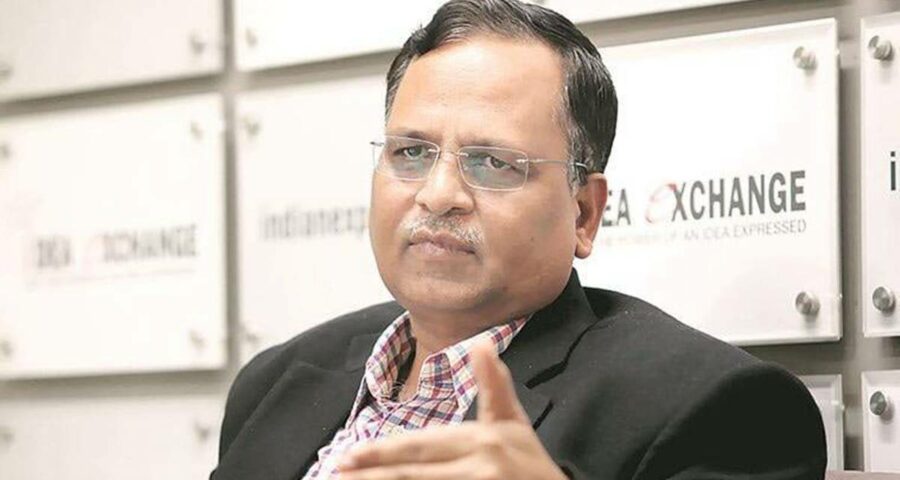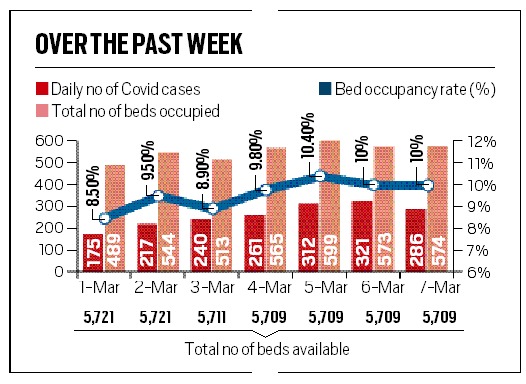In epidemiological terms, an infection is said to be endemic in a population when it is constantly maintained at a baseline level in a geographic area without external inputs.
Stating that the Covid-19 pandemic is nearing the “endemic phase” in the city, Delhi Health Minister Satyendar Jain Sunday said people will have to learn to live with it while taking precautions. Elaborating on this, he said it will become a disease that will continue to remain in the community following an outbreak, like swine flu has, even if the number of infections is not very high.
“The pandemic phase is over in Delhi and it seems we are moving towards the endemic phase… Delhi had a swine flu outbreak 10 years ago but still some cases are reported every year. Covid-19 is not going to end completely but we will have to learn to live with it. We should continue wearing masks and this has been the biggest learning over the last year,” he said.
In epidemiological terms, an infection is said to be endemic in a population when it is constantly maintained at a baseline level in a geographic area without external inputs.
Dr Jugal Kishore, director and head of community medicine at Safdarjung Hospital, said, “An epidemic is the occurrence of many cases of an infectious disease, more than expected, in a defined area in a particular period of time. An endemic is occurence of cases throughout the year in high proportion. An epidemic can become endemic when cases keep occurring throughout the year. TB and typhoid are endemic diseases in India.”
On Sunday, the city saw 286 new cases from a record 91,614 tests being conducted in a day. The daily positivity rate was recorded at 0.31%.
Observing a dip in the daily positivity rate, Jain said: “The numbers are not alarming. During November, the positivity rate was around 15-16%. For the last two months, it has been below 1%. In the last 24 hours, we have tested more than 90,000 people while the positivity rate is around 0.3%. As per the WHO, positivity rate should stay below 5% — in Delhi, it has been less than 1% for almost two months now.”
Bed occupancy sees slight uptick
Meanwhile, with the slight uptick in daily cases over the past week, occupancy of beds reserved for Covid patients at hospitals has gone up from 8.5% to 10%. During the same period, the number of people under home isolation has gone up by 26%. On March 1, there were 739 people under home isolation. This increased to 937 by March 7.
“Occupancy rate of beds at hospitals is less than 10% and 90% are still vacant. Tests are being conducted at all primary centres and hospitals. Delhi is conducting almost five-six times more tests than the national average and contact tracing is being done at an aggressive level. There is no need to panic at all,” said the minister.
During a detailed presentation by the Union Ministry of Health and Family Welfare on Saturday, it was pointed out that 9 out of 11 districts in Delhi continue to be of concern as these districts are seeing a decrease in total tests being conducted, low share of RT-PCR tests, increase in weekly positivity rates and poor contact tracing of Covid positive cases.
Source: Read Full Article



